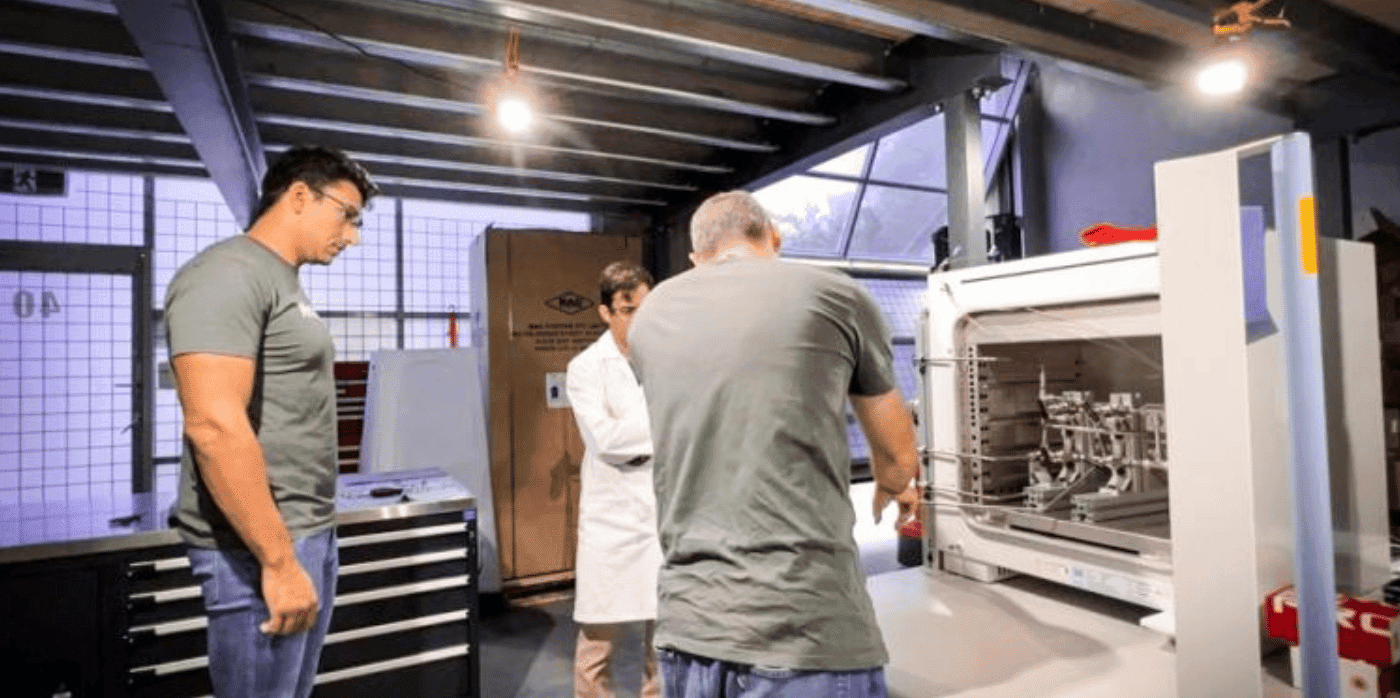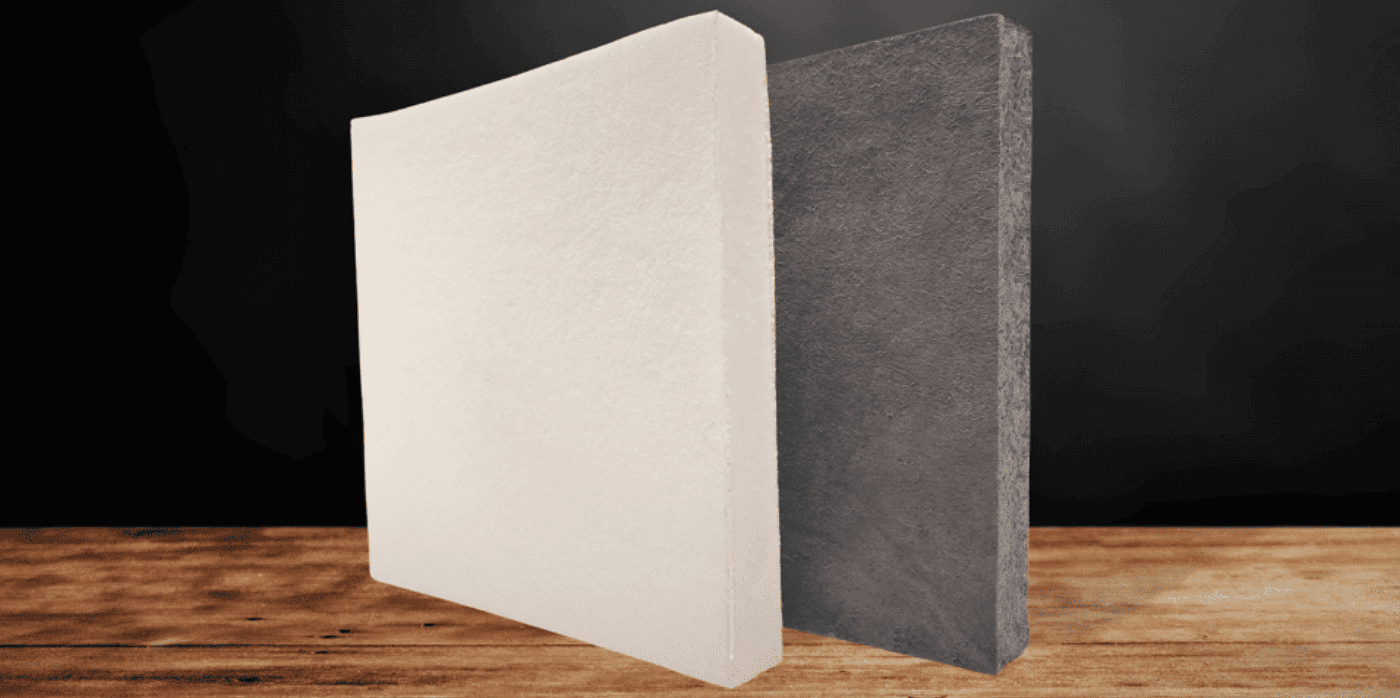Lower-impact lithium extraction cuts process costs

Spotted: Lithium is a vital component in rechargeable batteries, including the batteries used in electric vehicles (EVs). However, the conventional process for extracting the element from its ore involves high levels of dangerous chemicals such as sulphuric acid. These are not only environmentally harmful, but also expensive.
As a more sustainable alternative, Novalith Technologies has developed a process that uses carbonic acid in carbonated water to extract lithium from rocks and clays in the form of lithium carbonate, leaving inert, CO2-infused rock as a by-product. This method, called LiCAL, cuts process costs by 65 per cent and plant costs by 50 per cent, while using 90 per cent less water than conventional processes.
If the energy for Novalith’s extraction process is taken from renewable sources, the overall production can even be made carbon-negative. The company also claims the process can achieve higher recovery rates and can operate at a much faster rate than other extraction methods.
Following seed funding in August 2021, Novalith built an R&D facility in Sydney, Australia, to demonstrate the process across several different ore resources. In April 2023, the company raised AU$23 million (around €13.9 million) in a series A funding round led by Lowercarbon Capital, with participation from the Clean Energy Finance Corporation and others. The funding will go towards a new pilot facility in Sydney, and help the company scale and commercialise LiCAL.
With the world’s demand for lithium batteries rising, more and more innovations in the Springwise Library are working to make their production greener. These include a cleaner way to recycle lithium batteries and a lithium extraction technique that uses far less land than conventional methods.
Written By: Lisa Magloff








